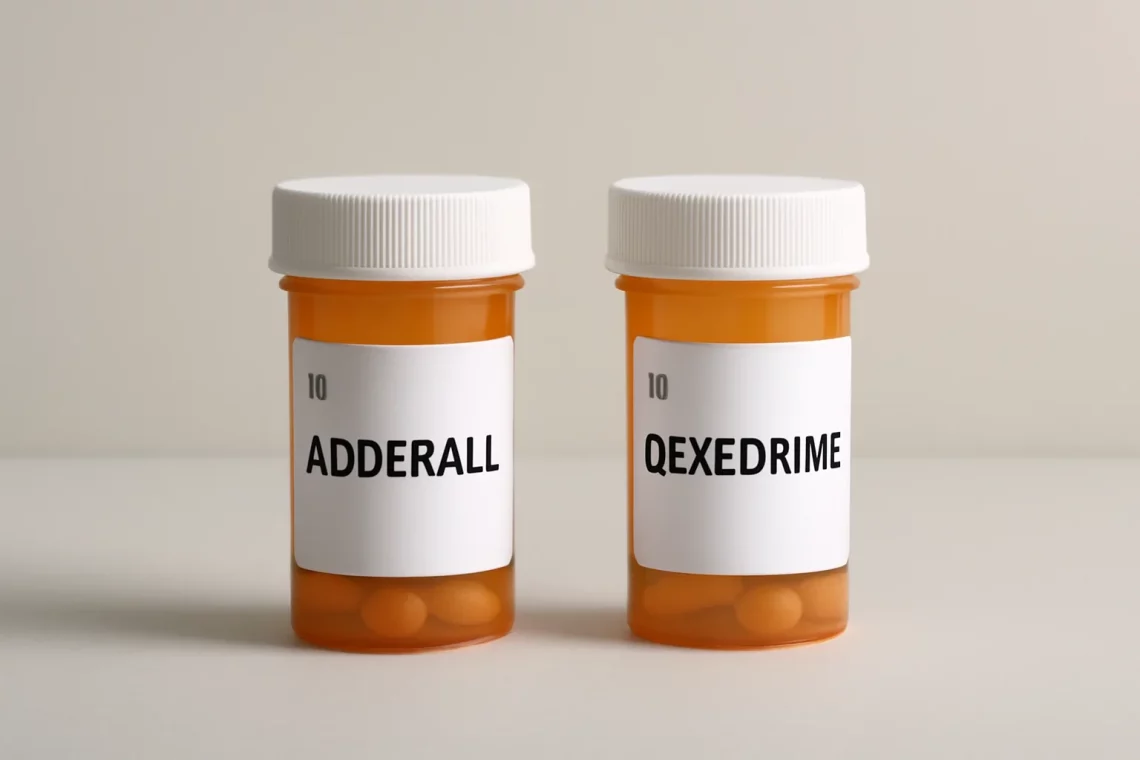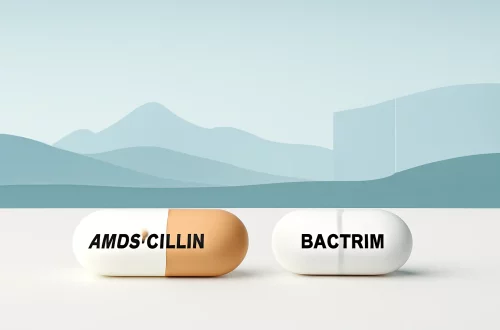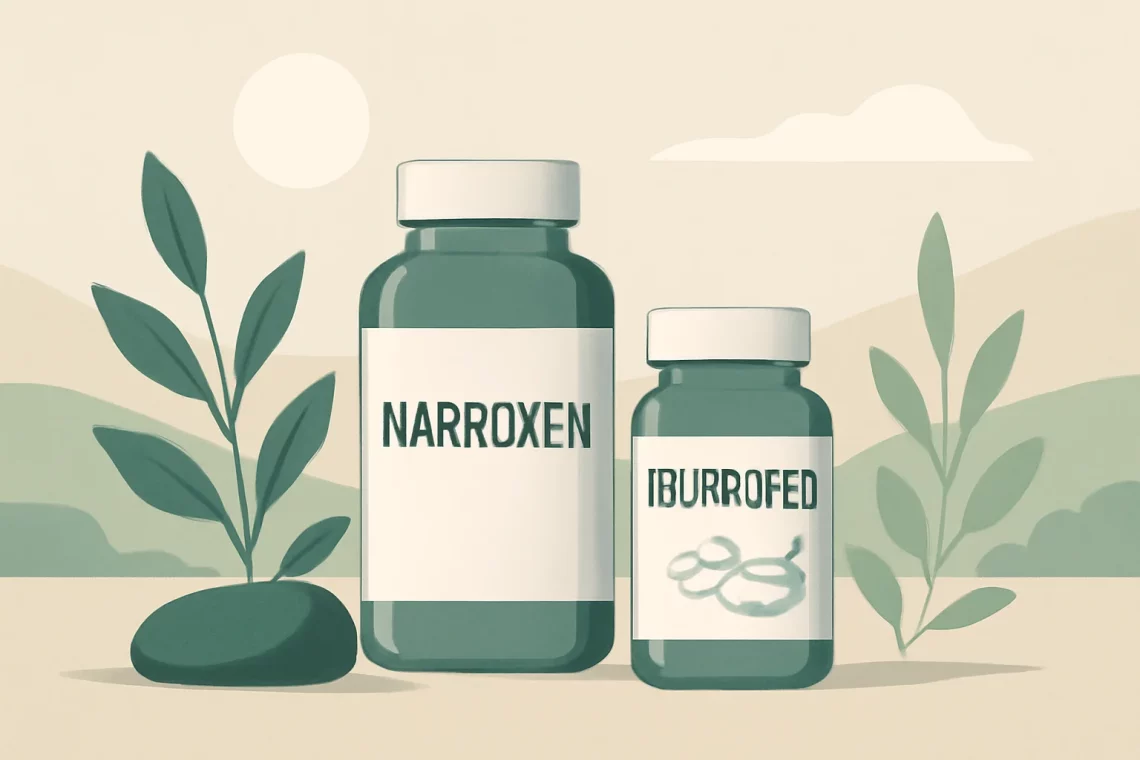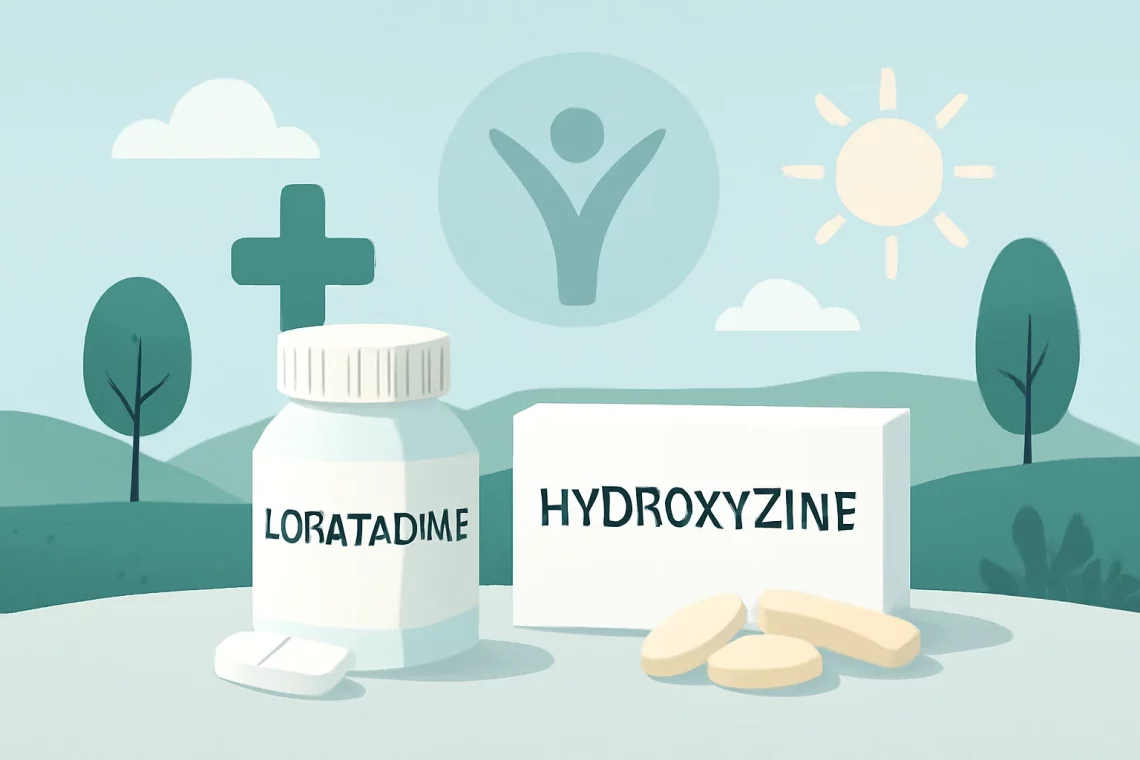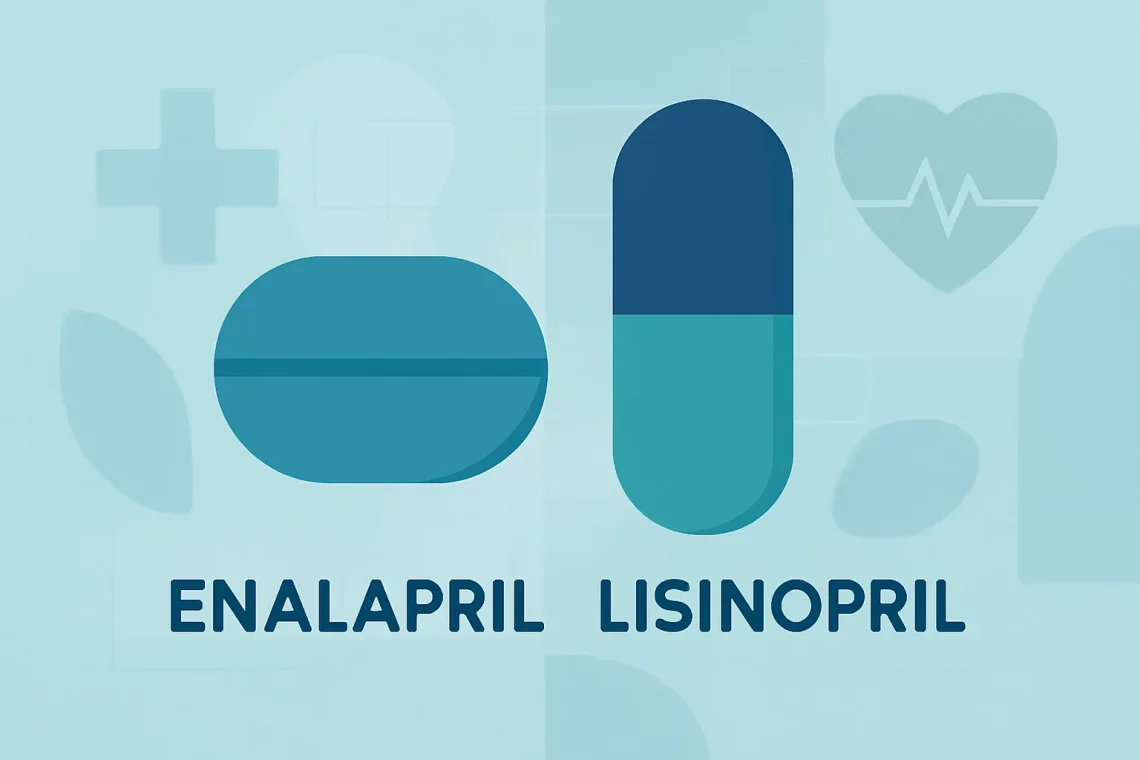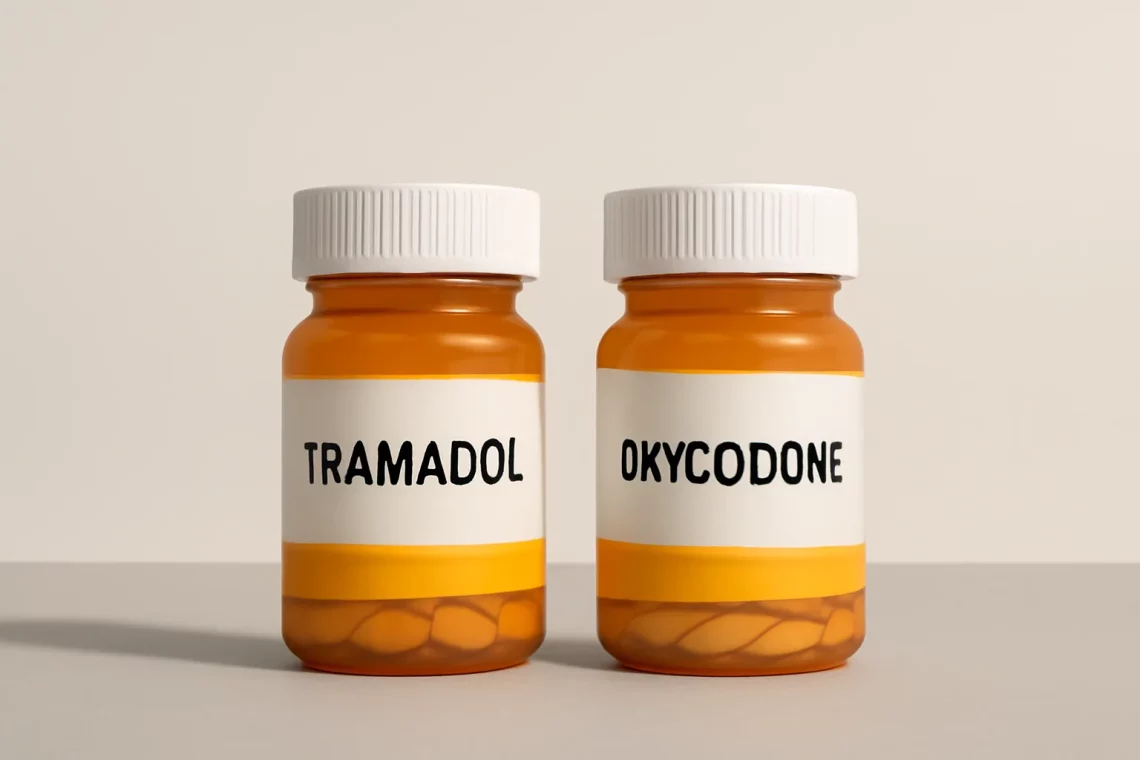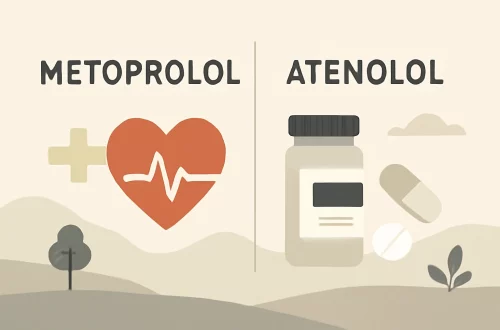-
Adderall vs Dexedrine: Key Differences and Similarities Explained
Adderall and Dexedrine are two widely recognized medications primarily used to treat Attention Deficit Hyperactivity Disorder (ADHD) and narcolepsy. Both drugs belong to a class of medications known as stimulants, which work by increasing the levels of certain neurotransmitters in the brain, particularly dopamine and norepinephrine. This enhancement leads to improved focus, attention, and impulse control, making these medications effective for individuals struggling with these conditions. Despite their similar uses, Adderall and Dexedrine have distinct differences in their formulations, active ingredients, and how they affect individuals. Understanding these differences is crucial for patients, caregivers, and healthcare providers when considering treatment options. With the rise in ADHD diagnoses and the increasing…
-
Cephalexin vs Ceftin: Key Differences and Uses Explained
Cephalexin and Ceftin are two widely used antibiotics that belong to different classes and are prescribed for various bacterial infections. Both medications serve to combat infections caused by bacteria, but they differ in their chemical composition, spectrum of activity, and specific applications. Understanding these differences is essential for both healthcare professionals and patients, as it can influence treatment decisions and outcomes. Antibiotics have revolutionized the treatment of bacterial infections, making it crucial to choose the right one for specific conditions. While Cephalexin is a first-generation cephalosporin, Ceftin (also known as cefuroxime axetil) is a second-generation cephalosporin. This distinction not only affects their effectiveness against certain types of bacteria but also…
-
Sertraline vs Escitalopram: Which Antidepressant is Right for You?
Sertraline and escitalopram are two of the most commonly prescribed antidepressants in the world today. Both belong to a class of medications known as selective serotonin reuptake inhibitors (SSRIs), which are frequently used to treat various mental health conditions, including depression and anxiety disorders. While they share similar mechanisms of action, their chemical compositions, side effects, and uses can differ significantly, leading to important considerations for both patients and healthcare providers. Understanding the nuances between sertraline and escitalopram is crucial for making informed decisions about mental health treatment. Patients may experience varying effects and side effects depending on the medication they are prescribed, and what works for one individual might…
-
Adderall vs Focalin: Choosing the Right ADHD Medication for You
Adderall and Focalin are two widely recognized medications primarily used in the treatment of Attention Deficit Hyperactivity Disorder (ADHD). Both medications are classified as central nervous system stimulants, and they function by affecting certain neurotransmitters in the brain, which play a crucial role in attention, focus, and impulse control. While they share a common purpose, the way they exert their effects, their chemical compositions, and their side effect profiles can differ significantly. In the realm of ADHD treatment, understanding the nuances between these two medications can be essential for patients and healthcare providers alike. Factors such as dosage forms, duration of action, and individual patient response can heavily influence the…
-
Amoxicillin vs Ceftin: Key Differences and Uses Explained
Amoxicillin and Ceftin are two commonly prescribed antibiotics that belong to the beta-lactam class of medications. Both are used to treat a variety of bacterial infections, but they differ in their specific applications, mechanisms of action, and side effects. Understanding these differences is crucial for both patients and healthcare providers when it comes to selecting the most appropriate treatment for a specific infection. As antibiotic resistance becomes a growing concern in healthcare, choosing the right antibiotic can significantly impact treatment outcomes and the overall health of individuals. The development and use of antibiotics have transformed medicine, allowing healthcare professionals to effectively manage infections that, in the past, could have been…
-
Naproxen vs Ibuprofen: Which Pain Reliever is Right for You?
In the realm of pain relief and anti-inflammatory medications, two names often come to the forefront: Naproxen and Ibuprofen. These nonsteroidal anti-inflammatory drugs (NSAIDs) are widely used to alleviate pain, reduce inflammation, and lower fevers. While both medications share common characteristics, they differ significantly in their applications, effects, and potential side effects. Understanding the nuances of these medications is essential for making informed choices about pain management. Whether you’re dealing with chronic pain conditions, recovering from surgery, or simply need relief from headaches or muscle aches, knowing the differences between Naproxen and Ibuprofen can help you select the right option for your needs. As we delve into the specifics of…
-
Loratadine vs Hydroxyzine: Which Allergy Medication Is Right for You?
Loratadine and hydroxyzine are two widely used antihistamines that serve different purposes in the realm of allergy and anxiety treatment. As individuals seek relief from allergic reactions, hay fever, or anxiety, understanding the differences and similarities between these two medications becomes crucial for making informed decisions. Both drugs are effective in alleviating symptoms associated with allergies, but their mechanisms of action, side effects, and usage guidelines vary significantly. While loratadine is often preferred for its non-drowsy effects, hydroxyzine is known for its sedative properties and is frequently used in cases where anxiety relief is also needed. This article aims to explore the characteristics, uses, and potential side effects of each…
-
Enalapril vs Lisinopril: Which Medication is Right for You?
Enalapril and lisinopril are two widely used medications in the treatment of hypertension and heart failure. Both belong to the class of medications known as ACE inhibitors, which play a crucial role in managing blood pressure by relaxing blood vessels. This leads to improved blood flow and reduced workload on the heart. Despite their similarities, enalapril and lisinopril possess distinct characteristics that may influence a healthcare provider’s choice of one over the other for a particular patient. The decision often hinges on various factors, including the patient’s overall health profile, other underlying conditions, and potential interactions with other medications. The way these drugs are metabolized and eliminated from the body…
-
Tramadol vs Oxycodone: A Comprehensive Comparison of Pain Relief Options
Tramadol and oxycodone are two commonly prescribed medications used for pain relief. Both belong to the opioid class of drugs, which are known for their effectiveness in managing moderate to severe pain. However, they have different chemical structures, mechanisms of action, and potential side effects, making them suitable for different patient populations and pain management strategies. Understanding these differences is crucial for patients, caregivers, and healthcare professionals when determining the most appropriate treatment options. In recent years, the conversation surrounding opioid use has intensified, with increased awareness of the risks associated with opioid dependency and abuse. This has led to the exploration of alternative pain management therapies as well as…
-
Amitriptyline vs Prozac: Which Antidepressant is Right for You?
Amitriptyline and Prozac are two well-known medications primarily used to treat mental health disorders. Each has carved out its niche in the realm of psychiatry, offering distinct mechanisms of action, uses, and side effect profiles. As mental health issues continue to gain recognition and understanding in society, the importance of these medications cannot be overstated. Many individuals grappling with depression, anxiety, or chronic pain conditions may find themselves navigating the choices between these two options. In recent years, more attention has been directed toward personalized medicine, prompting patients and healthcare providers alike to consider the unique needs of each individual. This has led to deeper discussions about the efficacy, safety,…
